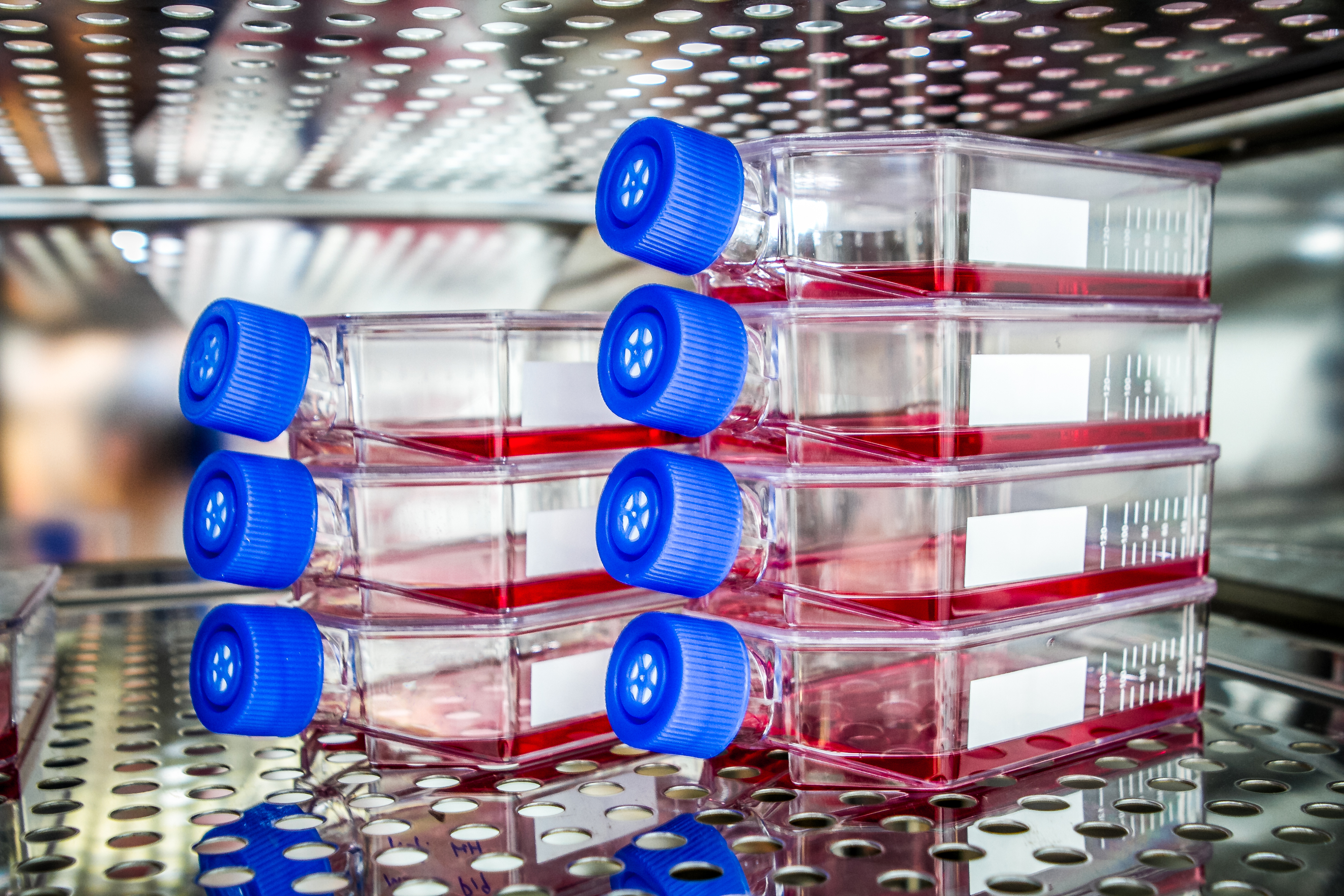NASA Seeks Lab-Grown Tissue for Space-Radiation Studies

A new contest from NASA and the Methuselah Foundation's New Organ Alliance calls for scientists to grow human organ tissue in the lab — to serve as raw materials in studying the harmful environmental effects of space, like radiation.
The contest, called the Vascular Tissue Challenge, aims to help NASA reduce the harmful effects of deep-space exploration. If the agency wants to send people to Mars and beyond, this type of research will be crucial to understanding and mitigating the effects that such a trip will have on the astronauts' health.
"The humans who will be our deep-space pioneers are our most important resource on the journey to Mars and beyond," Steve Jurczyk, the associate administrator for NASA's Space Technology Mission Directorate in Washington, D.C., said in a statement.
But this research won't apply only to humans traveling in deep space. It will also benefit medical science on Earth by providing a new tool for pharmaceutical research and disease modeling, Jurczyk said. "The outcome of this challenge has the potential to revolutionize health care on Earth and could become part of an important set of tools used to minimize the negative effects of deep space on our future explorers," Jurczyk added.
The first three teams of scientists who successfully grow human organ tissue that meets the contest requirements will share the $500,000 prize. Their lab-grown organ tissue must be at least 1 centimeter (0.4 inches) thick, metabolically functional and fully vascularized, meaning it must contain blood vessels that keep the tissue alive. Organ tissue created in the challenge will serve as organ analogs, or models, in experiments that will both test the harm done by radiation and seek new ways of preventing damage to human cells.
"Once the 'vascularization limit' is solved, via the NASA Vascular Tissue Challenge, there inevitably will be an historic advance in progress and commercialization of tissue engineering applications to everyone's benefit," Dave Gobel, chief executive officer of the Methuselah Foundation, said in the statement.
Teams competing in the Vascular Tissue Challenge are also asked to submit proposals explaining how they would advance their research by conducting experiments in microgravity aboard the International Space Station.
Get the Space.com Newsletter
Breaking space news, the latest updates on rocket launches, skywatching events and more!
Follow us @Spacedotcom, Facebook and Google+. Original article on Space.com.
Join our Space Forums to keep talking space on the latest missions, night sky and more! And if you have a news tip, correction or comment, let us know at: community@space.com.

Hanneke Weitering is a multimedia journalist in the Pacific Northwest reporting on the future of aviation at FutureFlight.aero and Aviation International News and was previously the Editor for Spaceflight and Astronomy news here at Space.com. As an editor with over 10 years of experience in science journalism she has previously written for Scholastic Classroom Magazines, MedPage Today and The Joint Institute for Computational Sciences at Oak Ridge National Laboratory. After studying physics at the University of Tennessee in her hometown of Knoxville, she earned her graduate degree in Science, Health and Environmental Reporting (SHERP) from New York University. Hanneke joined the Space.com team in 2016 as a staff writer and producer, covering topics including spaceflight and astronomy. She currently lives in Seattle, home of the Space Needle, with her cat and two snakes. In her spare time, Hanneke enjoys exploring the Rocky Mountains, basking in nature and looking for dark skies to gaze at the cosmos.









